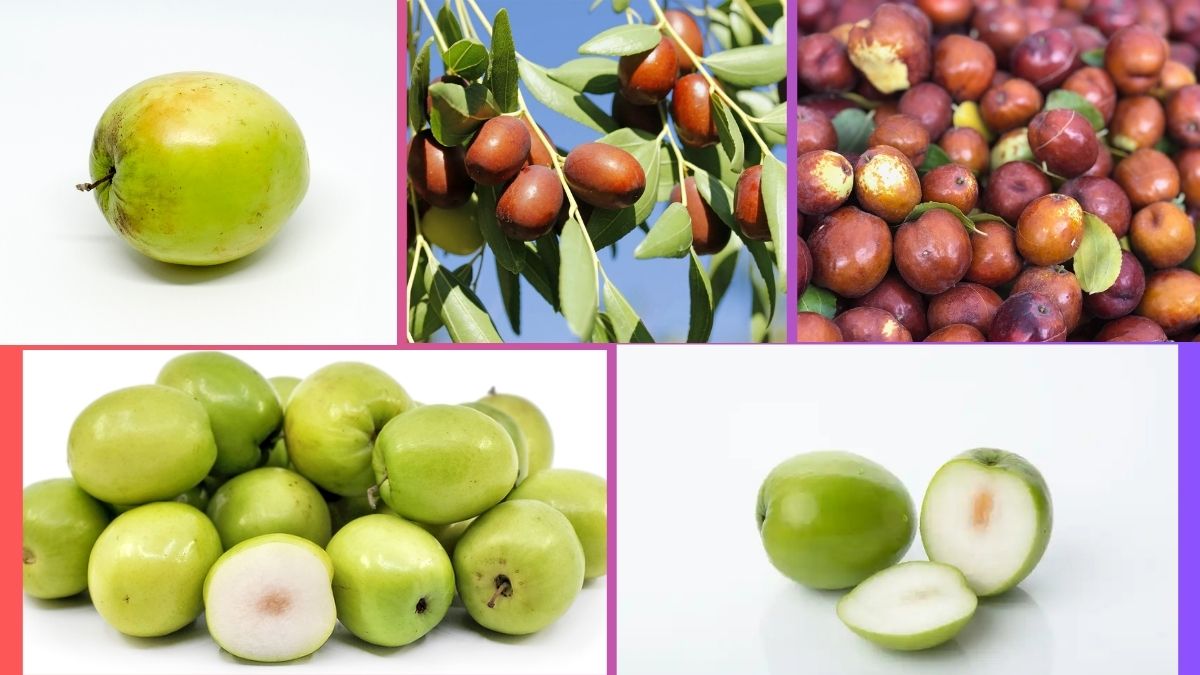The jujube fruit (Ziziphus jujuba), also known as the Chinese date, is a remarkable ancient fruit valued for its sweet flavor, high nutritional content, and medicinal properties. Often underappreciated in the Western world, the jujube has been cultivated and consumed for more than 4,000 years, especially in parts of Asia, the Middle East, and increasingly in North America and Australia.
But among all the nations that cultivate this versatile fruit, which country stands as the largest jujube producer globally? In this article, we’ll dive into the world of jujube, its origins, benefits, uses, and global production dynamics — and reveal the country that leads the pack.
What Is Jujube?
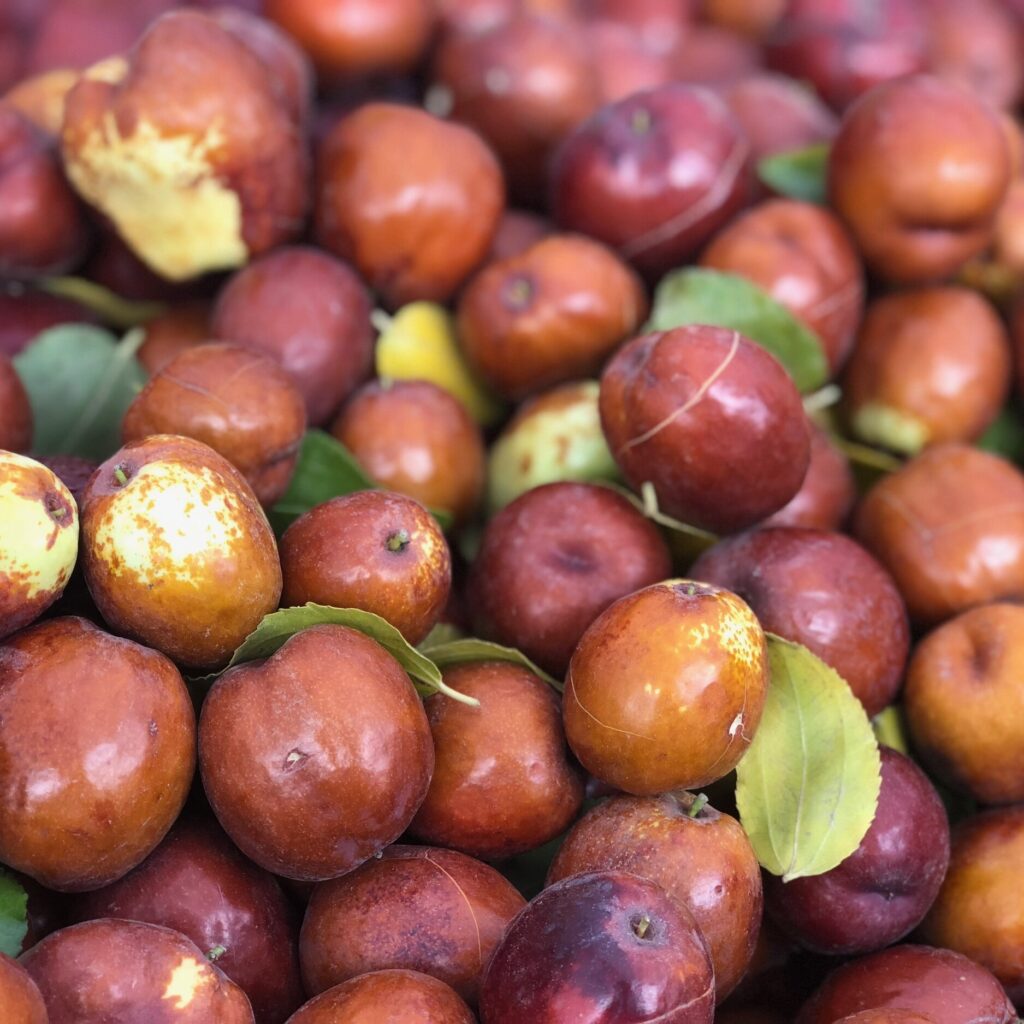
The jujube fruit belongs to the Rhamnaceae family. It’s a small, round to oval fruit, typically about the size of an olive or small plum. When fresh, it has crisp, apple-like flesh and thin edible skin. As it ripens, the fruit turns deep red or brown and becomes wrinkled like a date, hence its nickname — Chinese date.
Highly nutritious, jujubes are rich in:
- Vitamin C
- Antioxidants
- Potassium
- Iron
- Fiber
Apart from its culinary uses, jujube has been integral to traditional Chinese medicine (TCM) for centuries, used to promote better sleep, digestion, and stress relief.
Historical Significance of Jujube
Jujube is one of the oldest cultivated fruit trees in Asia, with origins traced back to China’s Yellow River basin around 2000 BCE. Over millennia, it spread to other parts of Asia, the Middle East, North Africa, and eventually southern Europe.
Its versatility — consumed fresh, dried, candied, fermented, or brewed into teas and vinegars — has made it an essential part of both ancient remedies and modern wellness diets.
Where Is Jujube Grown Today?
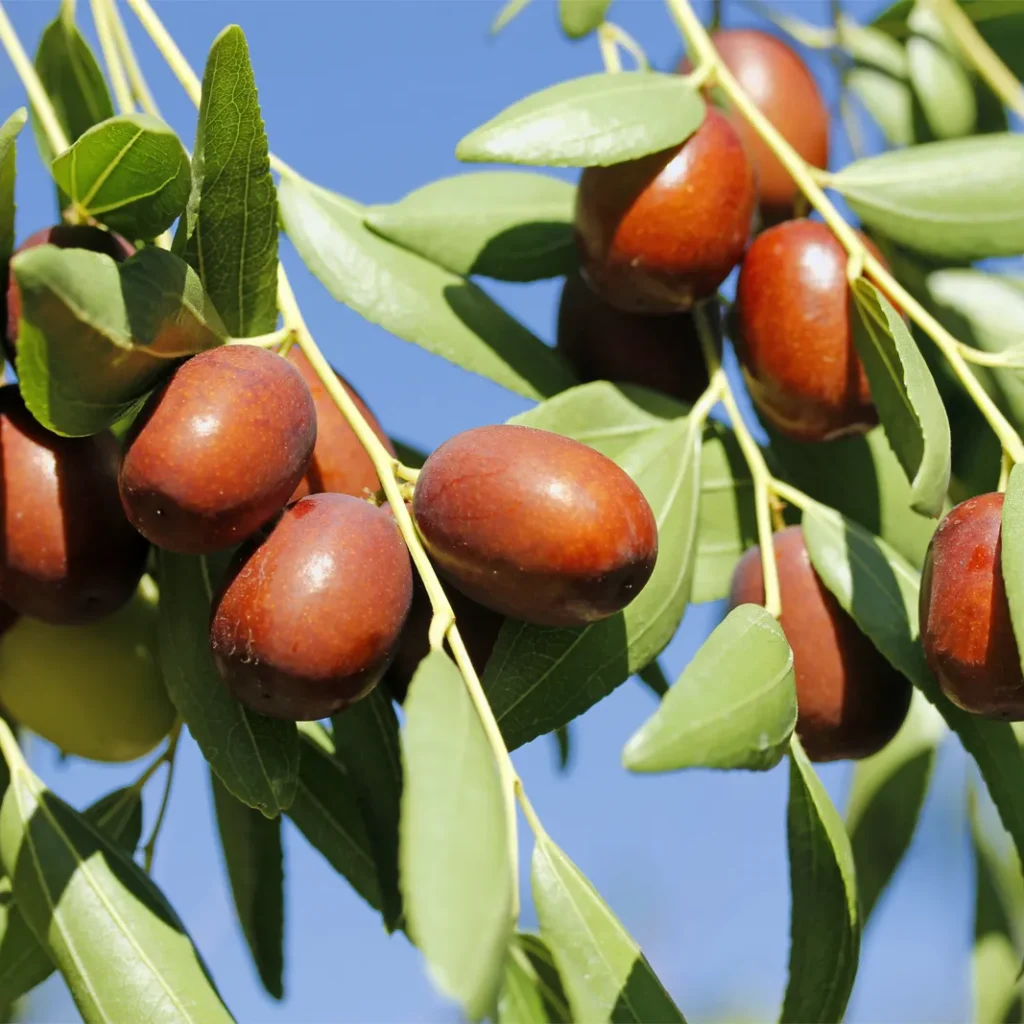
Jujube trees thrive in warm, dry climates with well-drained soil. The major jujube-producing countries today include:
- China
- India
- South Korea
- Iran
- Pakistan
- Afghanistan
- Turkey
- Australia
- United States (California, New Mexico)
While many of these countries grow jujubes commercially or locally, one country produces a staggering majority of the world’s jujube supply.
Which Country Is the Largest Jujube Producer Globally?
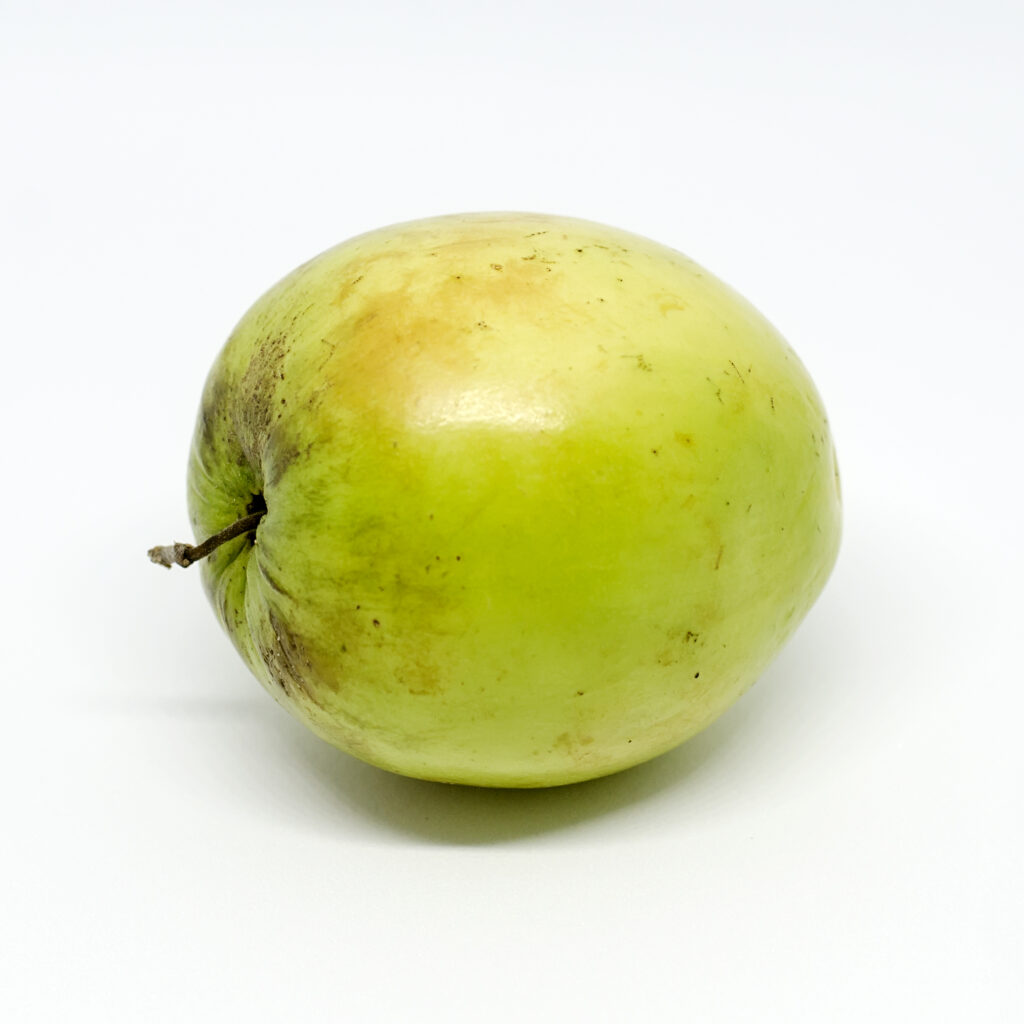
China is by far the largest producer of jujube in the world, responsible for more than 90% of global production.
Jujube cultivation in China covers a vast area, particularly in the northern and northwestern provinces such as:
- Hebei
- Henan
- Shanxi
- Shaanxi
- Shandong
- Gansu
- Xinjiang
The Minqin Desert area of Gansu Province is even home to the world’s largest continuous jujube orchard, stretching across thousands of hectares.
Production Figures
Based on recent estimates from the Food and Agriculture Organization (FAO) and Chinese agricultural statistics:
- China produces over 8 million metric tons of jujube annually.
- It cultivates jujubes across two million hectares, making it one of the largest areas devoted to a single fruit crop in the country.
- Over 800 jujube varieties are grown in China, including popular cultivars like Dongzao, Huizao, Junzao, and Lizao.
This immense scale makes China not only the largest jujube producer globally but also the leader in jujube breeding, processing, research, and export.
Why China Leads Jujube Production
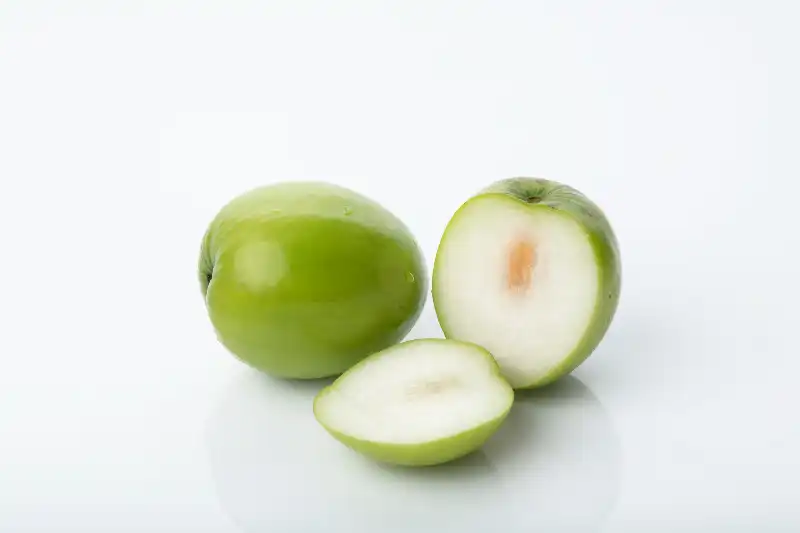
Several factors explain China’s dominance in jujube cultivation:
Ideal Climatic Conditions
Jujubes thrive in arid and semi-arid regions. Northern China offers a combination of hot summers, cold winters, and sandy soils, perfect for growing high-quality jujubes.
Historical and Cultural Importance
Jujube has been cultivated in China for over 4,000 years, deeply embedded in Chinese medicine, cuisine, and traditions. The country’s long-standing expertise contributes to its production leadership.
Agricultural Innovation
China invests heavily in jujube breeding, pest management, and post-harvest processing technologies through institutions like the Chinese Academy of Agricultural Sciences (CAAS) and regional agricultural universities.
Expanding Export Markets
China exports fresh, dried, and processed jujube products to countries like South Korea, Japan, Malaysia, Australia, the United States, and Middle Eastern nations.
Jujube Production in Other Countries
Although no country comes close to China’s output, jujubes are cultivated in several other regions:
| Country | Approx. Annual Production | Notes |
|---|---|---|
| India | 300,000 MT | Known as Ber, mainly grown in Rajasthan, Gujarat, and Punjab |
| South Korea | 25,000 MT | Consumed dried and in teas |
| Iran | 20,000 MT | Traditional medicinal and culinary uses |
| Pakistan | 18,000 MT | Native to arid regions |
| Afghanistan | Limited | Wild and cultivated |
| United States | 5,000 MT | Primarily in California and New Mexico |
| Australia | Emerging | Small but growing jujube orchards in Western Australia |
These figures reflect a growing interest globally but still a vast gap when compared to China.
Culinary and Medicinal Uses
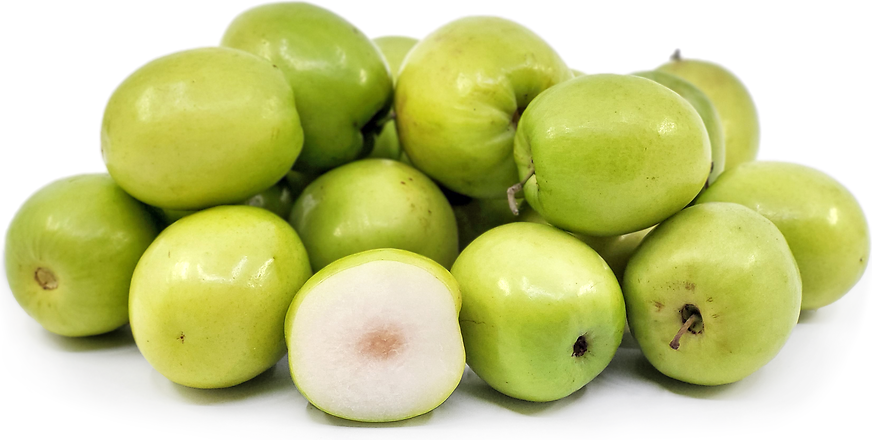
Jujubes are prized for their sweet flavor and health-enhancing qualities. Common uses include:
- Fresh fruit snacks
- Dried jujube treats
- Herbal teas and infusions
- Jujube wine and vinegar
- Candied jujubes
- Traditional Chinese medicine tonics
In Ayurveda, Unani, and TCM, jujubes are used to improve digestion, strengthen the immune system, combat insomnia, and nourish blood.
Health Benefits
Rich in antioxidants, vitamin C, and flavonoids, jujubes offer multiple health benefits:
| Health Benefit | How It Helps |
|---|---|
| Boosts immunity | High vitamin C content |
| Improves sleep and reduces stress | Contains saponins and flavonoids |
| Aids digestion | High fiber and bioactive compounds |
| Protects liver health | Antioxidant effects on liver enzymes |
| Anti-inflammatory properties | Reduces cellular inflammation |
| Supports skin health | Rich in antioxidants and vitamin C |
Challenges in Jujube Production
Despite its benefits and resilience, jujube cultivation faces challenges:
- Pest and disease management in humid regions
- Post-harvest handling of delicate fresh fruits
- Limited global consumer awareness outside Asia
- Competition from synthetic vitamin supplements
China’s ongoing research and export campaigns aim to address these issues and expand global markets for jujube.
Future Prospects
The global jujube market is expected to grow steadily over the next decade. Increasing demand for:
- Natural health foods
- Functional beverages
- Plant-based antioxidants
- Ancient medicinal fruits
… is placing jujube in a favorable position in health-conscious markets in North America, Europe, and Australia.
China is poised to retain its leadership while other countries gradually expand their production areas.
Conclusion
To answer the central question — which country is the largest jujube producer globally? — the clear and unchallenged leader is China.
With its combination of ideal growing conditions, thousands of years of cultivation expertise, government-supported agricultural research, and expanding global markets, China dominates the world’s jujube production.
As health trends favor natural, traditional, and antioxidant-rich foods, China’s jujube industry is well-positioned to thrive, and the humble Chinese date may soon find its rightful place on health food shelves worldwide.
